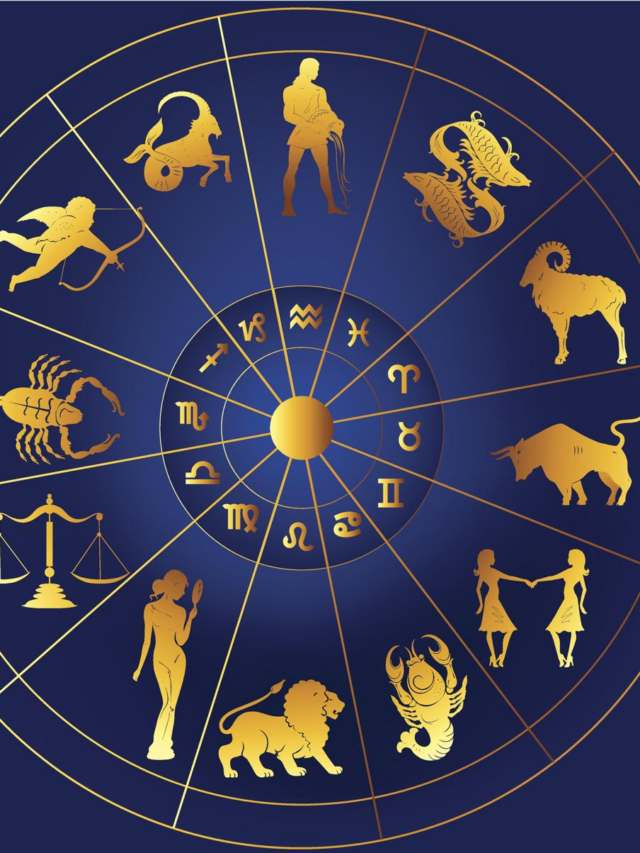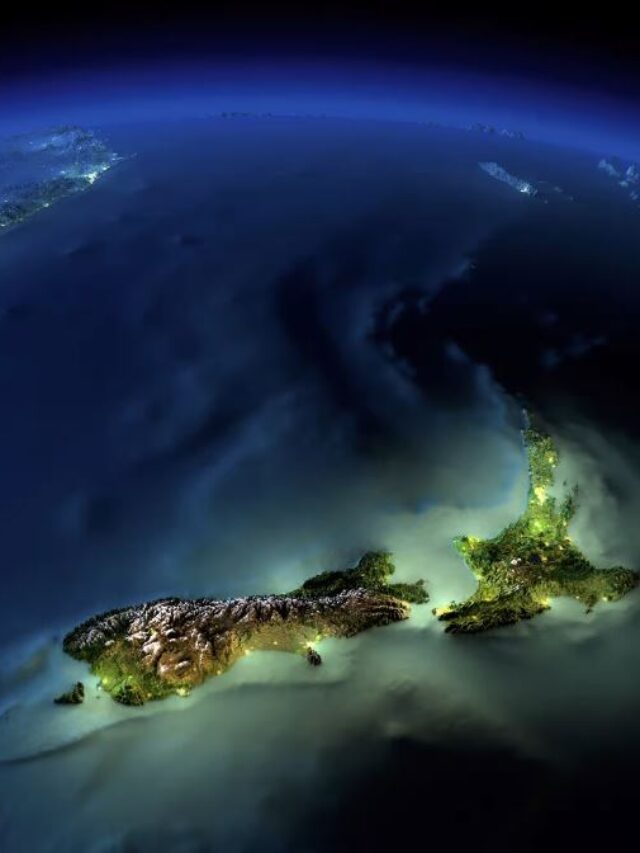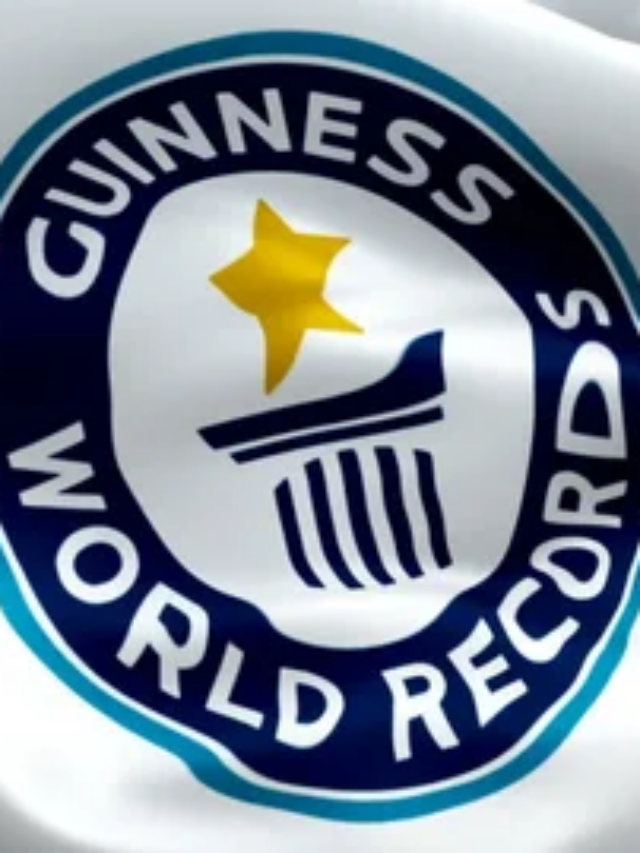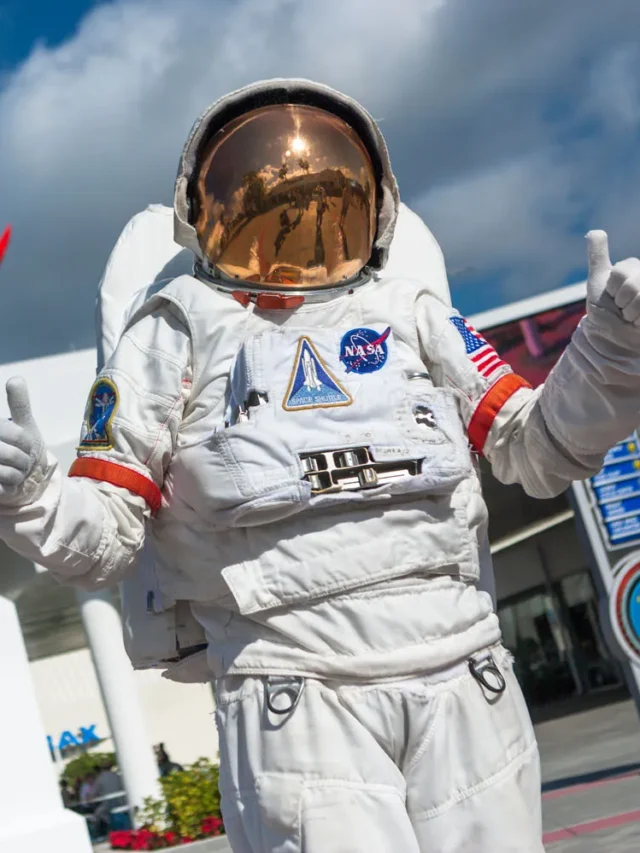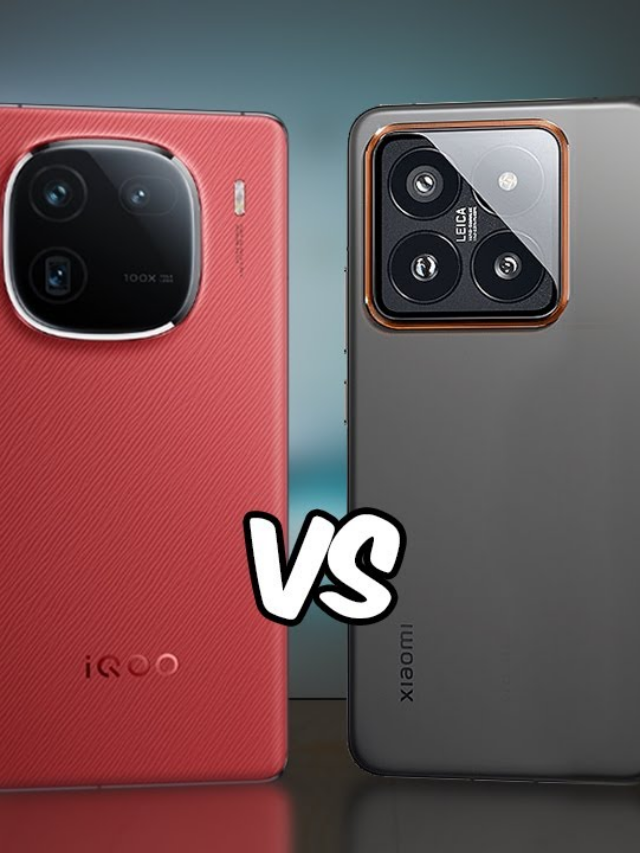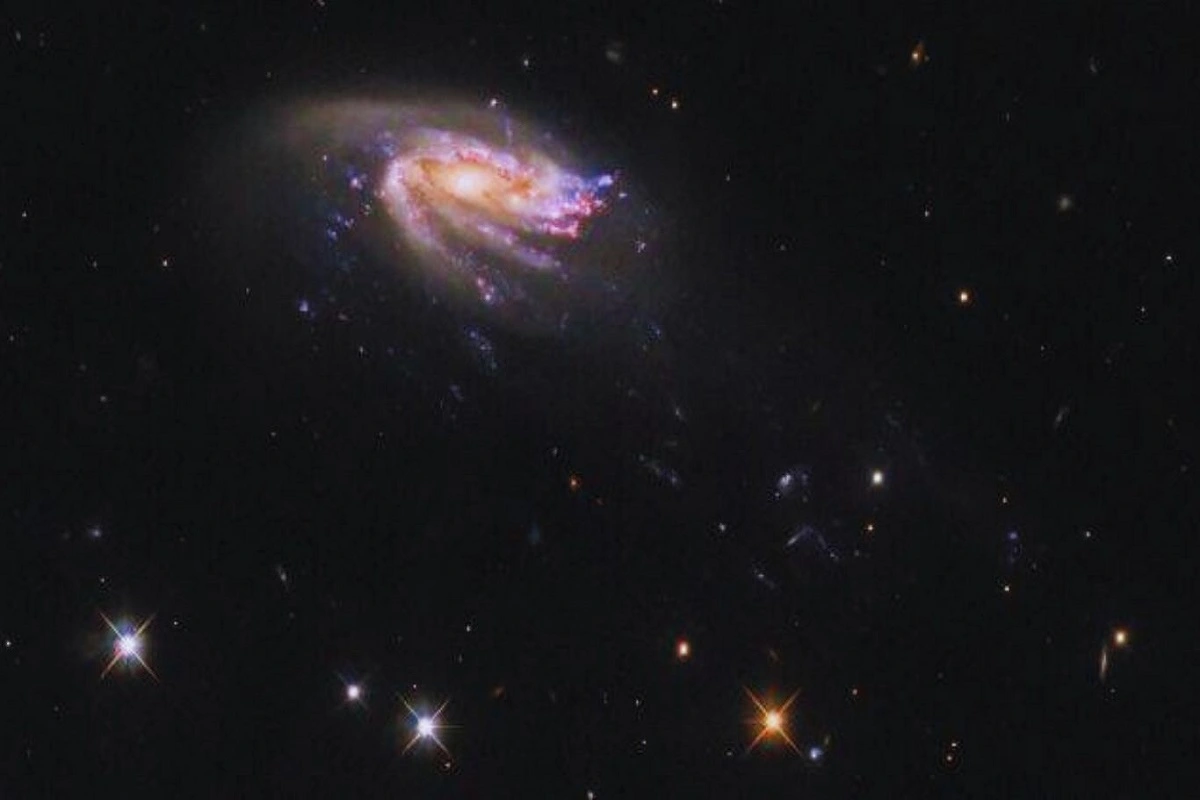
Jellyfish galaxies, like the one in this image, resemble their marine namesakes due to their "tentacles." (ESA/Hubble & NASA, M. Gullieuszik and the GASP team)
This Hubble image, which was made public by NASA on Friday, shows the jellyfish galaxy JO206 as it trails across the cosmos at a distance of 700 million light-years from Earth in the constellation Aquarius.
The jellyfish galaxy’s colourful star-forming disc, which is prominent in the image, is encircled by brilliant dust clouds. With the exception of a few bright stars in the foreground that stand out against the pitch-blackness of space with crisscrossing diffraction spikes, the rest of the image is largely sparse.
The image shows how jellyfish galaxies resemble their marine namesakes. In the lower right corner, you can see long “tentacles” of bright star formation that resemble the tentacles of a jellyfish and trail the galaxy’s main disc.
A very weak superheated plasma known as “intra-cluster medium” fills the space between galaxies in galaxy clusters. Galaxies force themselves through this medium as they move through galaxy clusters. The long tendrils or tentacles are formed when the intracluster medium removes the gas from the galaxies.
Astronomers can study star formation in harsh environments, far from the influence of the galaxy’s main disc, thanks to the jellyfish tendrils. The space agency published a picture of JW39, a different jellyfish galaxy that was also taken by Hubble, last month.
Also read: One-Shot Chikungunya Vaccine Found Safe, Read Here To know More
To read more such news, download Bharat Express news apps








